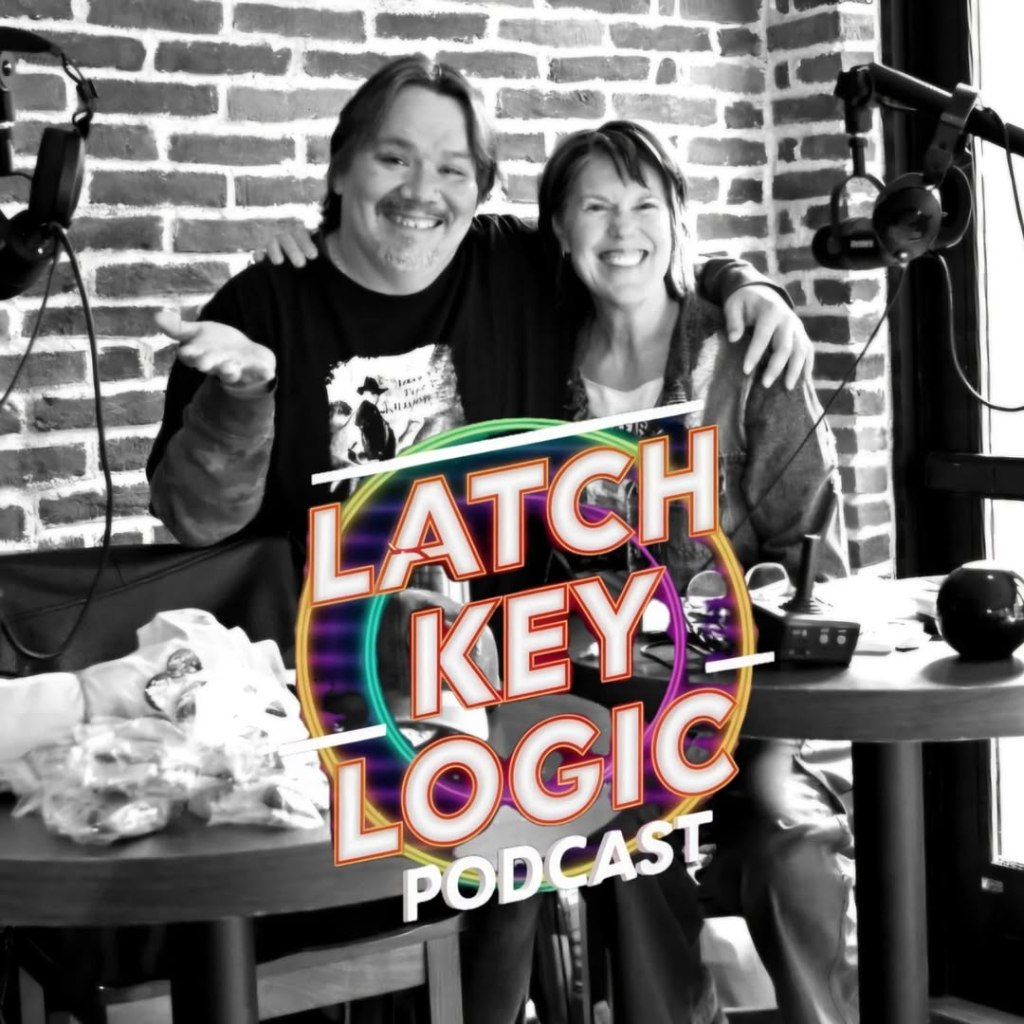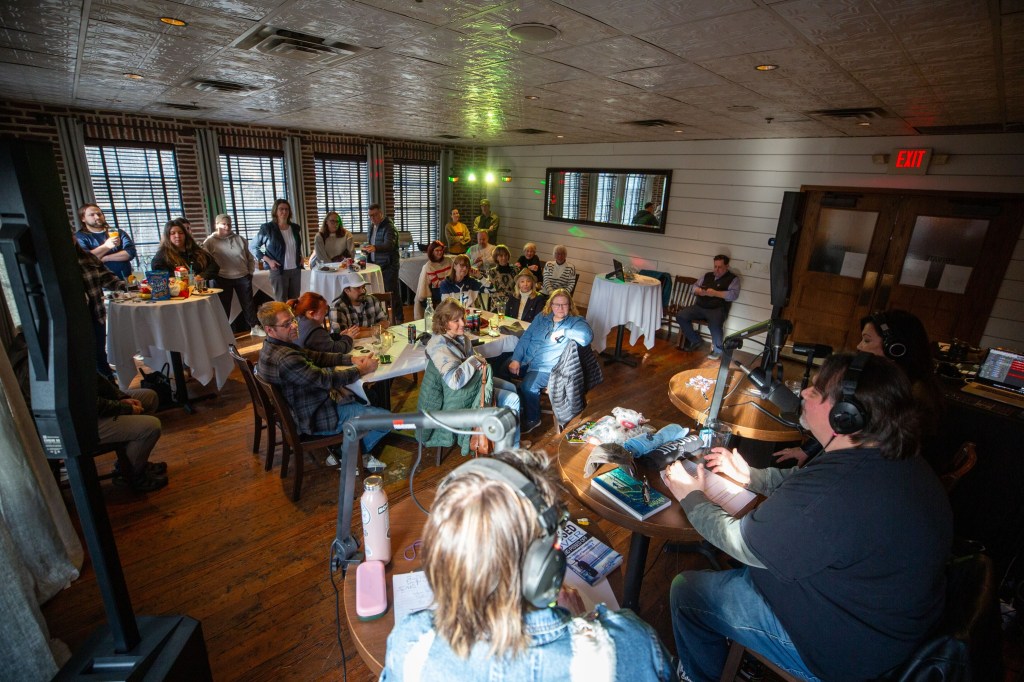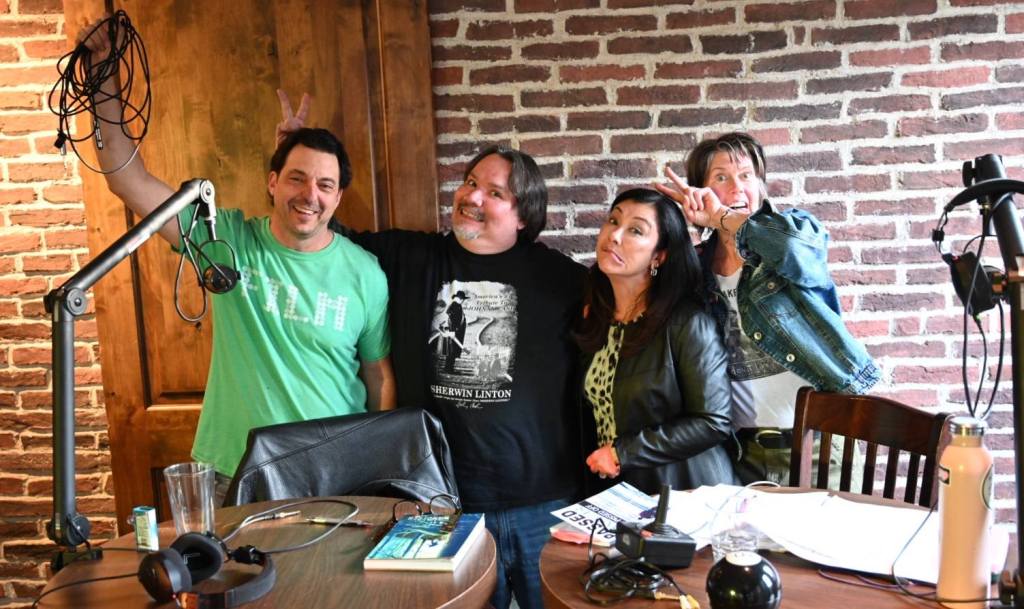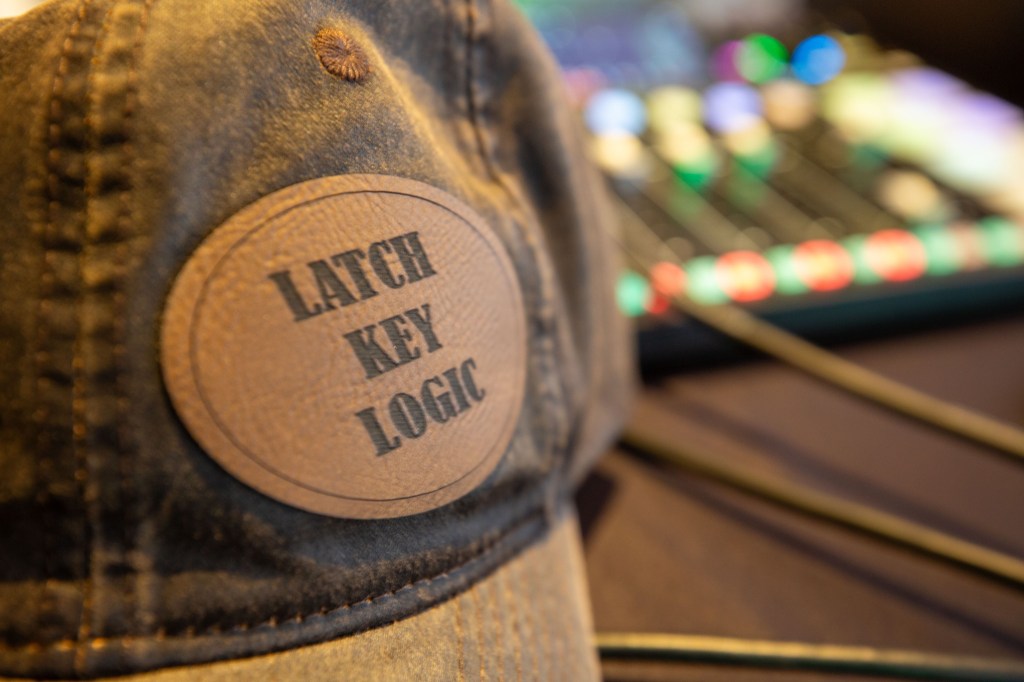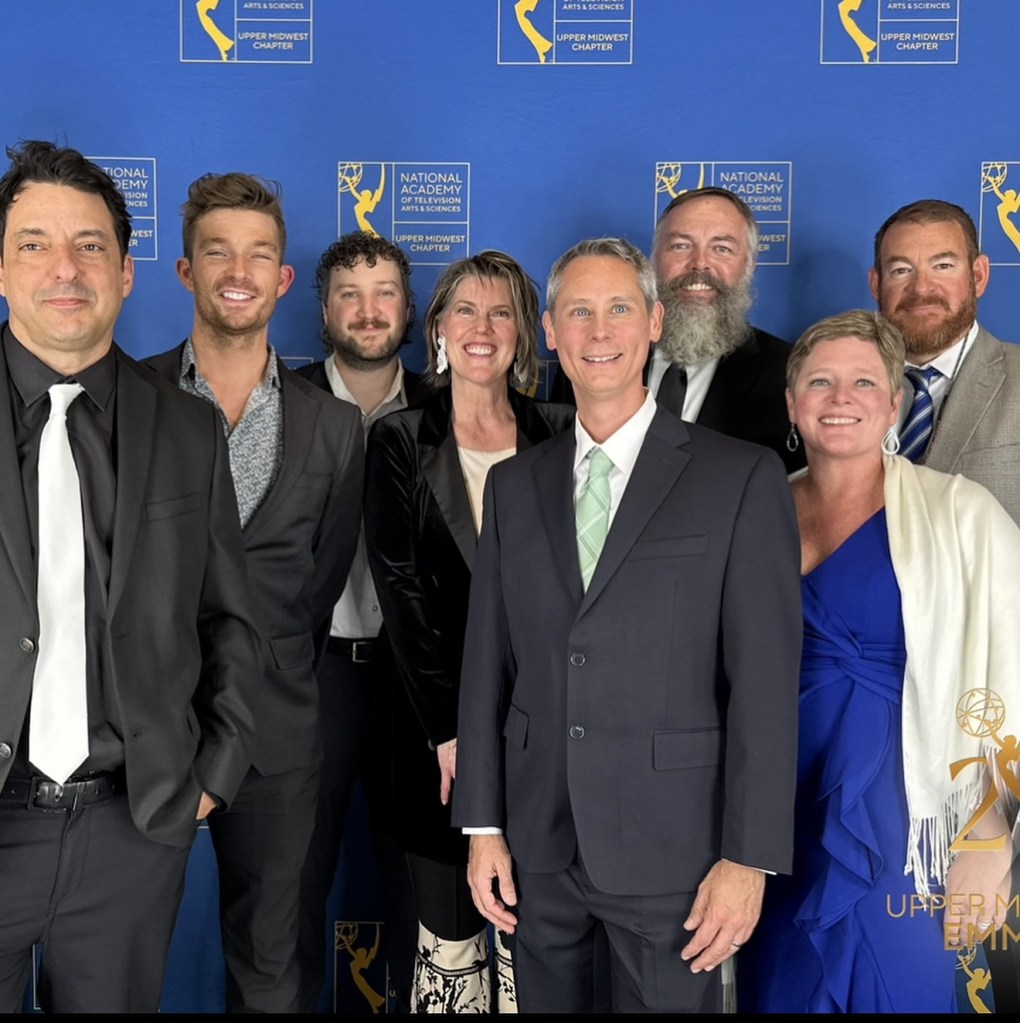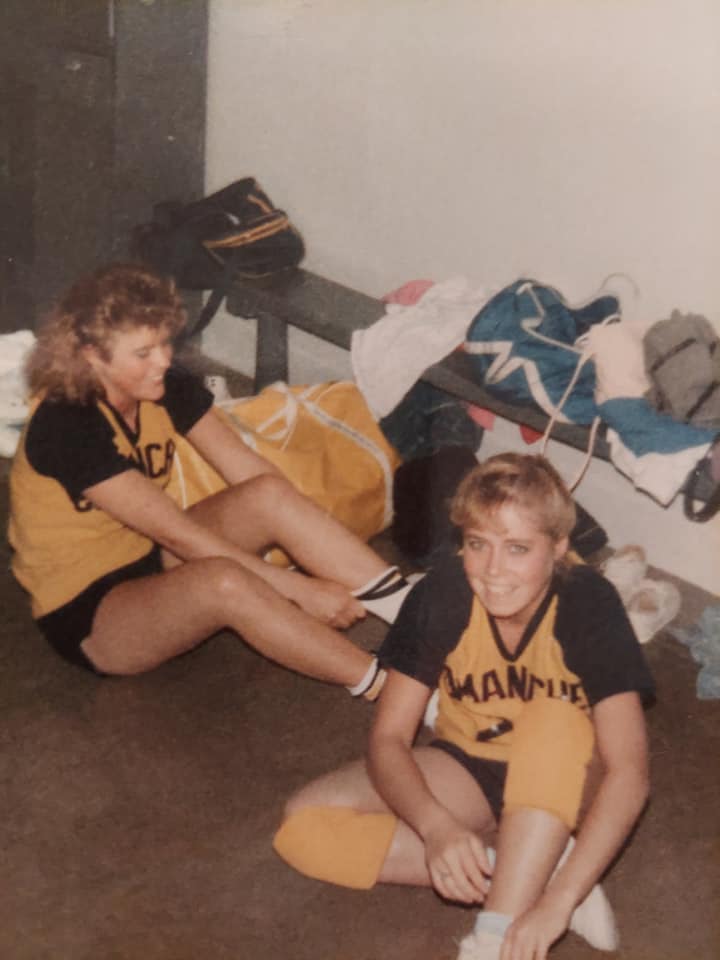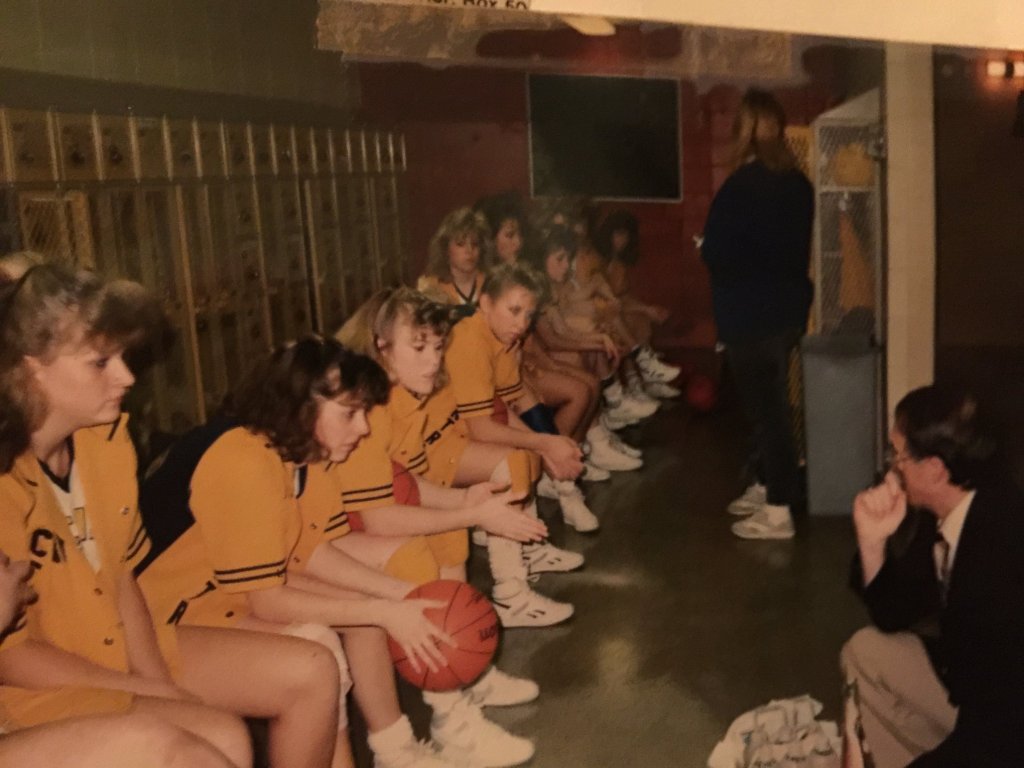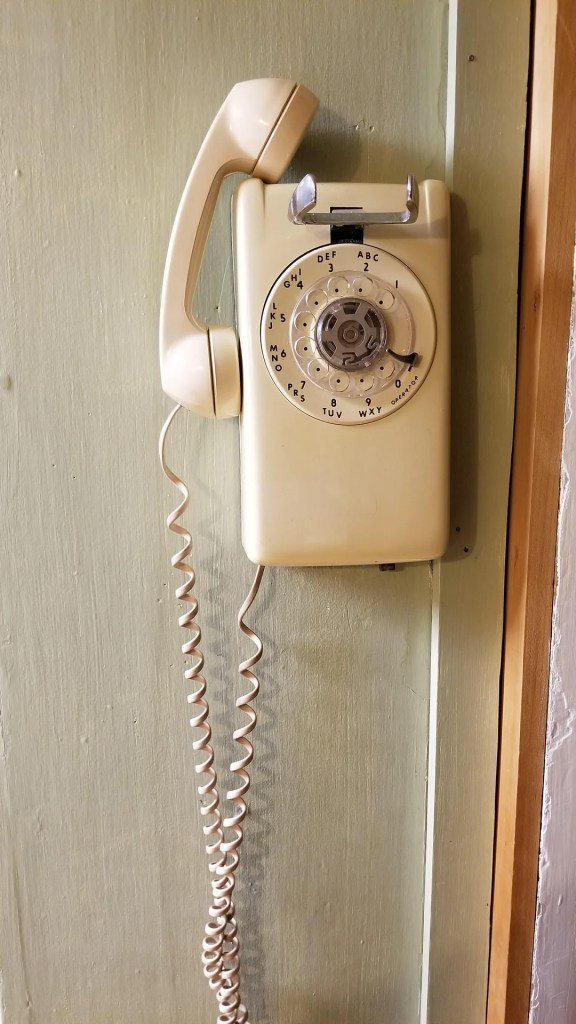
2025 Emmy’s-Nominated in Writer category
Yay and congrats to all the nominees and the winner-winner- chicken dinners! I lost in the writer craft category (& the other 4, too) but in good news, the Iowa Hawkeyes won! Hubby Cy had my back, with the score on his phone…. ![]()
![]() I was happy just to be nominated in the craft writer category…ridiculous writing talent in this market!
I was happy just to be nominated in the craft writer category…ridiculous writing talent in this market!
I really totally dig just shopping for new & cool dresses to wear.
Our company & team did take home a couple, so we’ll take it! #MidwestEmmys #minnesotabound
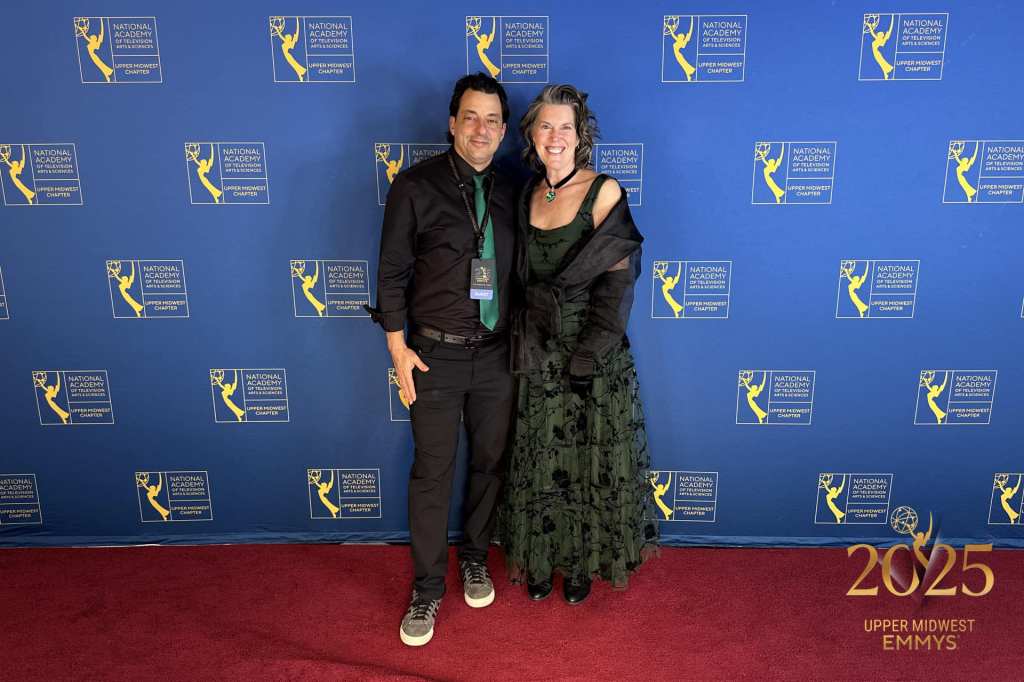
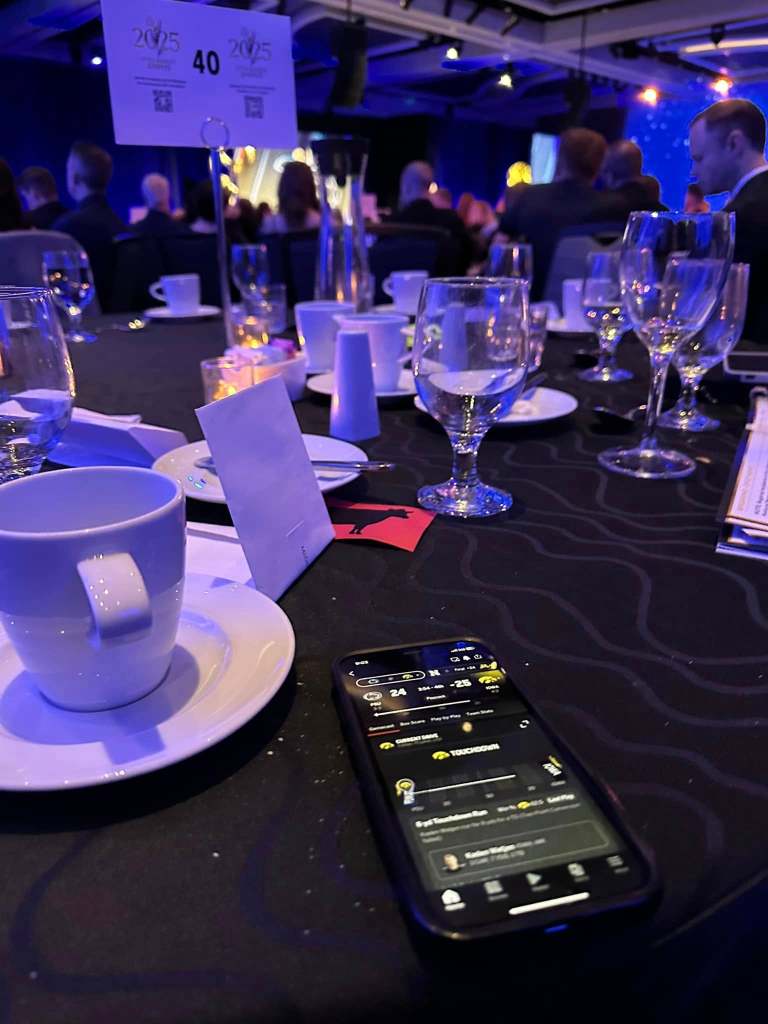
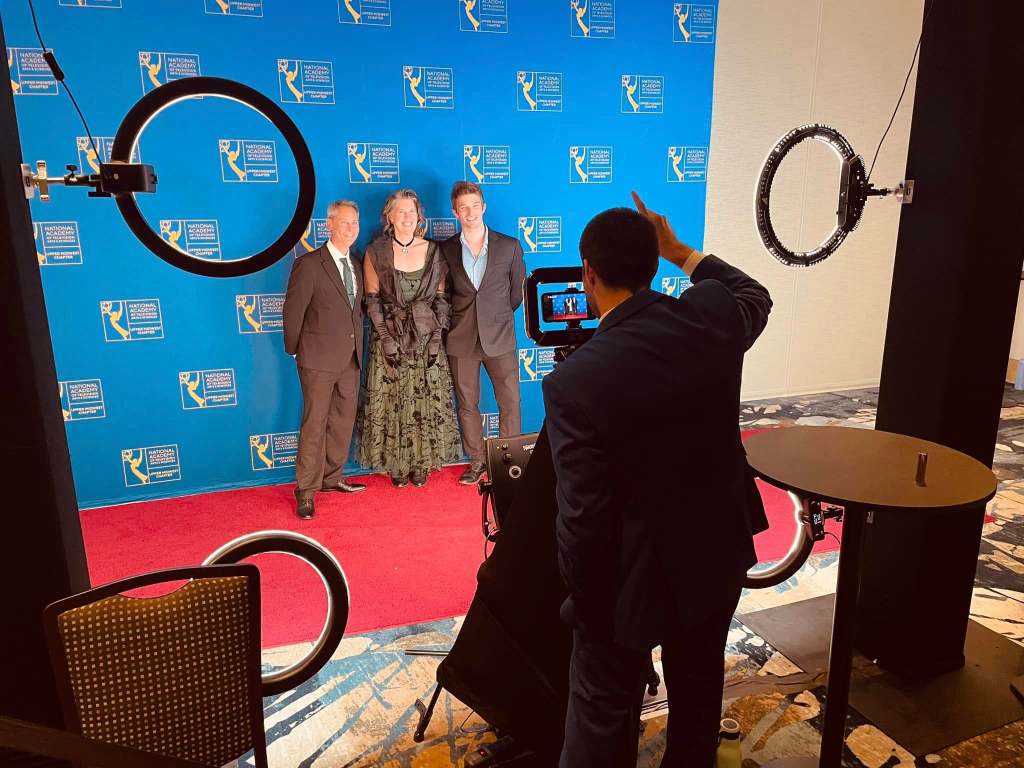
MN. Bound celebrates 30 years on the air!
Minnesota Bound, Julia Battern, the Nature Teacher
KARE-11 NBC –
When I came across Julia’s story…I knew she was a FABULOUS character story for Minnesota Bound! Kudos to photojournalist and editor Aaron Achtenberg – she was fun to produce and write! She’s an inspiration to us all…and I know my Dad (who was also was a teacher and environmentalist) would have loved this story!
Holy Maple Syrup-Minnesota Bound
KARE-11 NBC
What’s better than Benedictine monks teaching students the art of maple syrup? Bonus? I got to spend time with son, Hayden, who was a senior at Saint John’s University, where we filmed this. Brother Walter was just FABULOUS!! What a great character! Was a blast to write this script, and Kudos to Pete-Hermann-Franzen who shot and edited this. #teamwork
Minnesota Star Tribune, Latchkey Logic & The Breakfast Club-Thank you Jennifer Brooks! You Rock! (& you’re one of us)
The world’s an imperfect place. Screws fall out all the time — and “The Breakfast Club” turned 40 this year. (Universal City Studios Inc.)
A princess, a brain, a basket case, an athlete and a criminal walked into Shermer High School one Saturday and changed the way an entire generation felt about detention.
The date was March 24. The movie was “The Breakfast Club.” The 40th anniversary party starts Monday in Minnetonka.
“If you’re a Gen Xer, ‘The Breakfast Club,’ John Hughes, the angst of those five teenagers – that was a big deal,” said Kelly Jo McDonnell, co-host, with Jason “Bamba” Anderson, of “Latchkey Logic,” a Minnesota-based podcast dedicated to celebrating Generation X in all its acid-washed glory.
“What we found out is that each one of us is a brain, an athlete and a basket case; a princess and a criminal. Does that answer your question? Sincerely yours, The Breakfast Club.” (Universal City Studios Inc.)
Technically, Monday is the 41st anniversary of detention day, which, according to the film itself, happened on March 24, 1984. But the movie debuted in 1985 so that’s close enough for Gen X.
This is a generation that grew up on car rides where your seatbelt might be a seatbelt, or it might just be your dad’s arm shooting out to stop you from slamming teeth-first into the dashboard. Hey, the world’s an imperfect place. Screws fall out all the time.
Anderson and McDonnell will record live a very special “Breakfast Club” edition of their podcast at 5 p.m. Monday at BLVD Kitchen & Bar in Minnetonka. A $5 cover charge gets you snacks, prizes, Gen X trivia and the unwelcome news that 1985 was 40 years ago.
“I mean, 40 years?” McDonnell said, dissolving into laughter with Anderson.
Grim news for Gen X. One minute, we’re dancing in the library, throwing lunch meat at statues; the next we’re older and even less cool than vice principal/detention monitor Richard “Dick” Vernon. A man who once walked out of the library with a toilet seat cover sticking out of his trousers.
Latchkey Logic: The higher the hair, the closer to pod.
Is “The Breakfast Club” a perfect movie? Absolutely not. But it is a perfect excuse to swap jokes and stories that strike deep in the nostalgia centers of the brains of 65 million Americans born between 1965 and 1980. And that’s why McDonnell and Anderson started their podcast in the first place.
This is not an angsty podcast. This is a couple of friends, laughing into a microphone about going to school with a latchkey tied around their necks on a shoestring – while somewhere out there, their audience yells, “Me too!”
“It’s like Kelly and I are sitting at a bar and we’re having a conversation,” Anderson said. “Pretty much everybody that has reached out has said ‘I’m screaming at the radio, ‘Oh my god, that was me!’ To be able to make that connection over an airway on a recorded podcast is pretty special.”
In the year since they launched “Latchkey Logic,” their episode topics have ranged from malls to mullets to the signature scents of Gen X (a heady mix of Drakkar and Love’s Baby Soft.) They’ve talked summer jobs and roller rinks and Pong. They’ve reminisced about the state tournaments of yore and whether “Die Hard” is a Christmas movie (yes).
Sometimes their listeners send in topics. Sometimes they start with one topic and end somewhere else completely.
“We’re never going to run out of ideas, let’s be honest,” McDonnell said. “It’s just been a ball.”
Most Read
More than 600 Iron Range steelworkers out of work as auto industry cuts orders because of tariffs
Minnesota podcasters Jason Anderson and Kelly Jo McDonnell celebrate all things Gen X on their show, “Latchkey Logic.”
When McDonnell pitched the idea of live-recording a podcast, they had their choice of iconic ’80s dates — including June 5, the day Ferris Bueller (probably) took a day off 40 years ago. They landed in detention instead.
So slap a sandwich together out of Cap’n Crunch and Pixy Stix and head to BLVD in Minnetonka at 5 p.m. on Monday if you want to celebrate The Breakfast Club. Or don’t. Whatever.
Ally Sheedy, Judd Nelson, Anthony Michael Hall, Emilio Estevez and Molly Ringwald in “The Breakfast Club.” (Universal City Studios Inc.)
about the writer
Jennifer Brooks
Columnist
Jennifer Brooks is a local columnist for the Minnesota Star Tribune. She travels across Minnesota, writing thoughtful and surprising stories about residents.
First Live Latchkey Logic Podcast is in the books!
Thank you for celebrating 40 years of detention with Latchkey Logic.
Thank you, BLVD Kitchen and Bar, for hosting us and the amazing food. James Cameron’s centerpieces were THE BEST!
Thank you!
Triumph Picture and Podcast Studio
Gambit Brewing Co.,
The Swag Shop Boutique,
Xtreme,
And all the Latchkey Logic Legion of friends and family supporting us!
Thank you, we love you!
https://creators.spotify.com/pod/dashboard/episode/e30l97j
#genxpodcaster#genx#latchkeylogicpodcast#latchkeylogic#nostalgicstingsfromgenxthings#kjandbamba#kj#bamba
